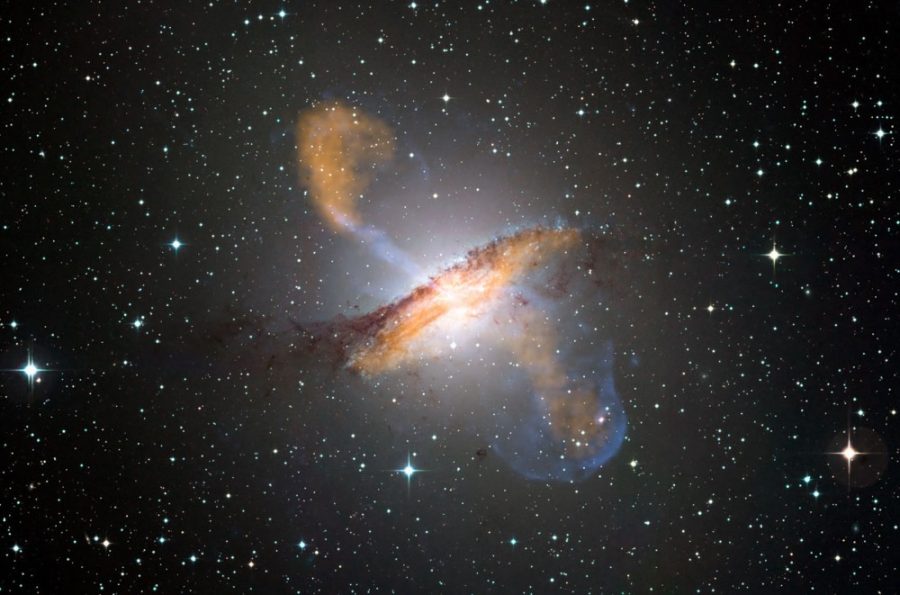It was officially announced Thursday by the Laser Interferometer Gravitational-Wave Observatory team that there was a direct observation of gravitational waves. The prediction of gravitational waves’ existence was first proposed over 100 years ago by Albert Einstein, with his general theory of relativity.
Einstein hypothesized that the presence of mass distorts spacetime. As mass moves, it produces gravitational waves which propagate in all directions at the speed of light. Until now, the concept of gravitational waves was the last component of Einstein’s relativity theory left to be tested successfully.
The occurrence of these gravitational waves shows us that space itself changes in both shape and size under the influence of mass and energy.
“Space is a dynamic thing that has properties and it can be changed and bent and warped, and we are all uncomfortable with that,” said Don McCarthy, an astronomer at the Steward Observatory. “We think that space is just something that you walk through and that it’s the same for everybody, but [Einstein] changed that.”
These ripples through spacetime create an effect not only on the space between objects, but on the objects themselves as well. Gravitational waves flow right through you, stretching and compressing you and everything around you, but on a scale so small that you would never notice.
“It’s kind of like when you take a sock and stretch it out and it compresses in the middle,” McCarthy said. Spacetime behaves the same way when being manipulated by the gravitational effects created by masses.
According to the LIGO experiment, the waves detected were produced by the merging of two black holes over one billion light years away. This merger consisted of one black hole with a mass of about 36 suns, and another with the mass of around 29 suns. They came together to produce a mass the size of about 62 solar masses. One solar mass is equal to the mass of our sun. This calculation left three solar masses unaccounted for, which are said to have been converted into pure energy as gravitational waves.
By the time these waves reached Earth, LIGO scientists said their influence could only be seen on a scale of around one ten-thousandth of the size of a proton. To measure this difference, scientists had to create detectors that were not only extremely sensitive, but would be able to account for other natural vibrations that could create an error in the measurement.
“They send a laser beam down a very precise and very long distance in two different perpendicular directions and they measure the length of that distance at less than the width of an atom,” said McCarthy.
With one detector in the state of Washington and the other in Louisiana, scientists could be sure that the same signal captured in one detector matched the signal caught in the other.
“The idea was that if the same gravity wave came by, it should move both detectors simultaneously,” said McCarthy.
This discovery could help give us the ability to detect some of the oldest gravity waves in the universe, which would serve to help us further our understanding of modern physics and the nature of the universe itself.
Follow Steve Preston on Twitter.









